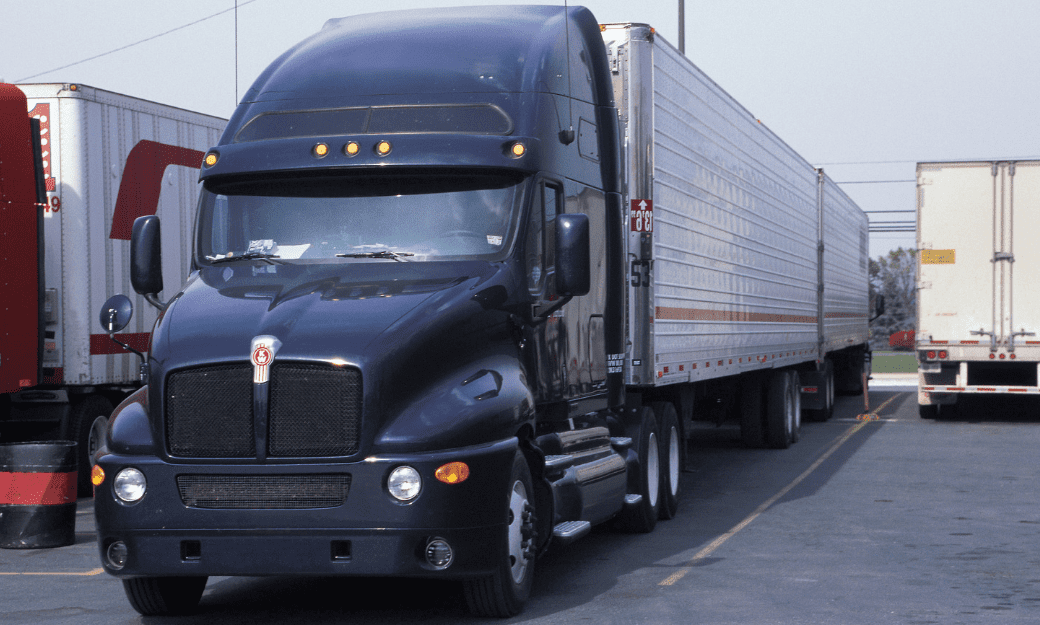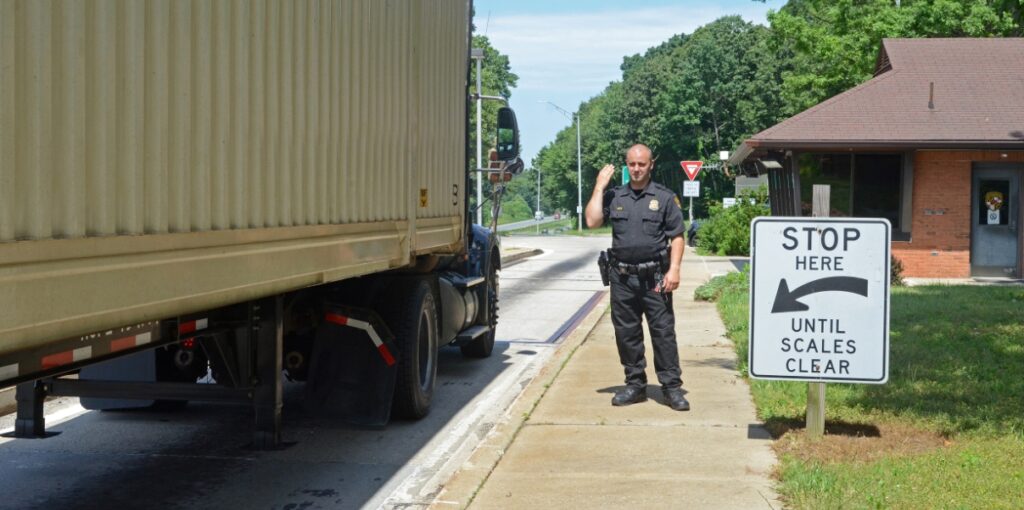Carriers and drivers are being still tripped up by their lack of understanding of the FMCSA’s personal conveyance guidance. So says John Seidl, a former state patrol inspector and FMCSA investigator who now serves as VP of Risk Services for Reliance Partners.
Seidl encourages all carriers to read Regulatory Guidance Concerning the Use of a Commercial Motor Vehicles for Personal Conveyance, which was issued by FMCSA in June of 2018.
FMCSA tried to cut through the confusion recently, when it issued Frequently Asked Questions that help to define what is and isn’t allowed under personal conveyance regulations.

What is personal conveyance?
Personal conveyance is the movement of a commercial motor vehicle in the off-duty status for personal use when the driver is relieved from all responsibility for performing work. Under new guidance from the FMCSA, personal conveyance can apply even when the vehicle is loaded (laden), as long as the load is not being transported for the commercial benefit of the carrier at that time.
For example, say a driver is picking up a load at a shipper’s location but arrives later than expected. By the time the vehicle is loaded and the driver is told to leave the yard, he has exceeded his hours of service limit. The driver can go off duty, and move the vehicle to the nearest safe, reasonable location to obtain required rest. But if the driver were to bypass a safe truck stop with available parking and continue to another location instead, that activity would not qualify as personal conveyance. The driver does not have any more hours of service left, so this activity would be illegal.
Seidl emphasizes that the nearest, safe, reasonable location can in fact be in the direction of the next delivery point. However, it must be the closest available location to where the driver just loaded and/or unloaded. If there’s no parking available at the nearest truck stop, Seidl recommends that the driver take a photo or obtain some other proof that it was not a viable option, just in case he is questioned later.
What is allowed under personal conveyance rules?
Here are some other examples of appropriate uses of personal conveyance:
- Time spent traveling between lodging (such as a motel or truck stop) and a restaurant or entertainment location.
- Commuting a reasonable distance between the driver’s terminal, work site, or trailer yard to his or her residence.
- Moving a commercial motor vehicle at the request of a safety official (for example, being told to leave a rest location at the direction of law enforcement).
What is NOT allowed under personal conveyance rules?
Situations that would NOT be considered an appropriate use of personal conveyance include:
- Time spent traveling to the carrier’s terminal after loading or unloading from a shipper or a receiver.
- Driving to a facility to have vehicle maintenance performed.
- Bypassing available, safe rest areas in order to get closer to the next scheduled destination.
The situations above describe what is prohibited by FMCSA, but carriers may choose to adopt rules that are more restrictive. Seidl recommends that all carriers develop a formal personal conveyance policy and communicate it to their drivers.
Personal conveyance rules apply to owner-operators as well as to large fleets, so Seidl suggests that O-Os think about different ways they might use a truck as personal conveyance, and then document the rules to ensure compliance.
Find loads, trucks and lane-by-lane rate information in DAT load boards, including rates from DAT RateView.


